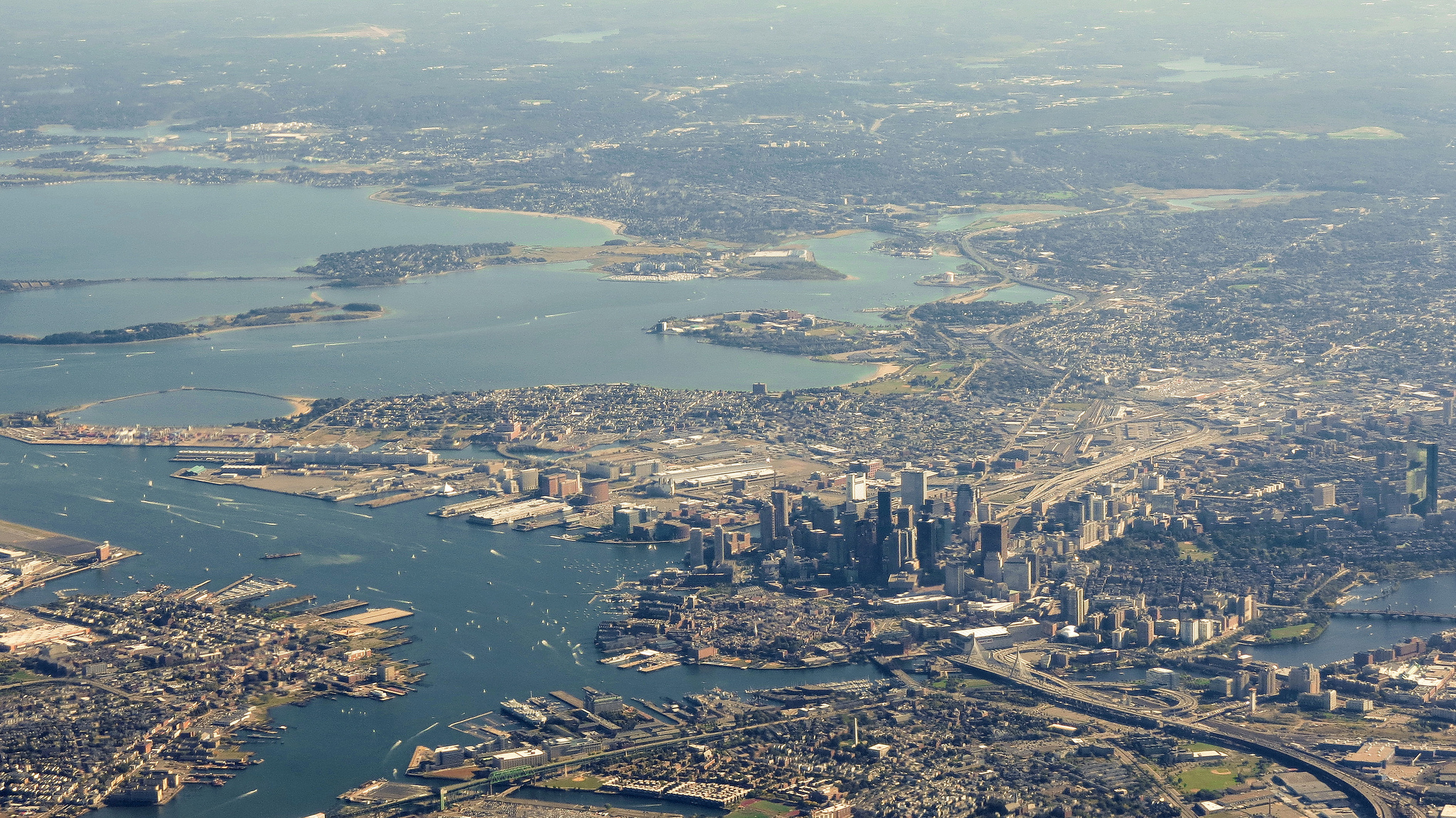News of the Charles River being clean enough to swim in was met with a polarizing response. Many were happily surprised to learn that there’s a new body of water to cool off in this summer but others stuck with local lore: the Charles is lovable but comprised of dirty, dirty water.
But now it seems another substantial body of H2O is less murky than we all thought. That’s right, the beaches along Boston Harbor are clean and getting cleaner and are ripe for swimming as the temperatures rise this season.
Save the Harbor / Save the Bay, a nonprofit advocacy group dedicated to protecting Boston Harbor since 1986, released two reports over Memorial Day weekend providing insight into the water quality level of several Boston Harbor beaches as well as a comparison of one South Boston beach to other notable urban oases.
The first shows the culmination of four years of study on beaches from Nahant to Nantasket. To determine if a beach is clean enough to swim in, the Massachusetts Department of Conservation and Recreation measures the level of Enterococcus – the current microbial indicator of gastro-intestinal illness used in marine waters, as established by the EPA.

The report’s metrics were determined by Save the Harbor/Save the Bay’s Beaches Science Advisory Committee (BSAC), CoChaired by Dr. Judy Pederson of the MIT Sea Grant Program and Dr. Jim Shine of the Harvard School of Public Health.
“In 2014, water quality on the Boston Harbor Region’s public beaches was very good compared to previous years, with all 15 of the public beaches we studied from Nahant to Nantasket scoring between 87.5% and 100% for an average overall beach safety score of 96%, due in part to unusually low rainfall during the 2014 swimming season,” according to the report.
The low rainfall keeps sewers and drainages systems from overflowing and seeping into the water supplies.
It’s important to note, too, that not every beach was tested as thoroughly as the others. Some were tested daily or weekly, some with samplings at one or multiple locations. MassDCR has set protocols for determining how often and from where a certain body of water ought to be tested for bacteria levels.
The second report compared South Boston’s beaches (M Street Beach, Carson Beach and City Point) to Coney Island Beach, New York; Virginia Beach; Virginia; South Beach, Florida; Santa Monica Beach, California; and Waikiki Beach, Hawaii.

Using the same metrics to measures beach-by-beach water quality along Boston Harbor, Save the Harbor/Save the Bay found that Southie’s waterfront has a three-year cleanliness average that bests all of its competitors.
“Based on the data for the iconic beaches we examined, from 2012 – 2014 the South Boston Beaches were consistently cleaner than the other iconic American beaches we examined, scoring a perfect 100% in 2014, with a three year overall beach safety average of 99.42%, making them the cleanest urban beaches in America,” the report reads.

